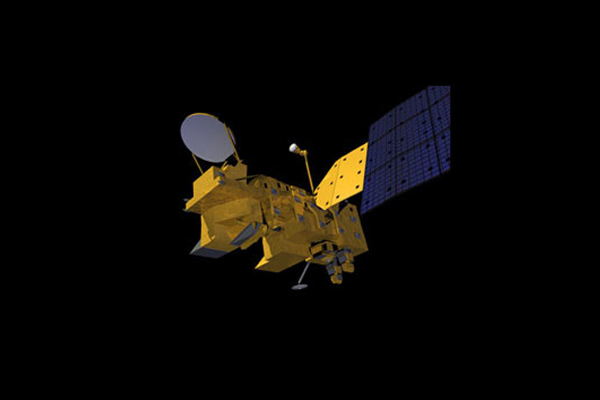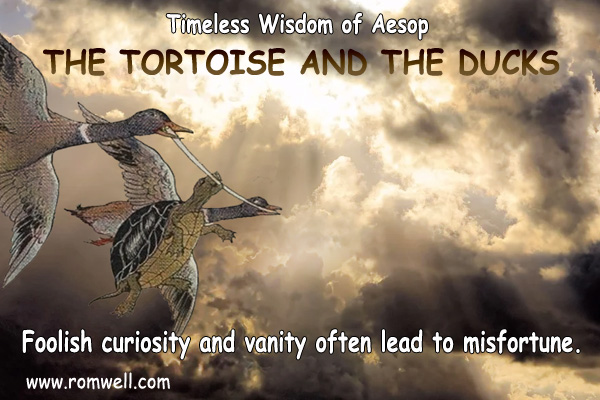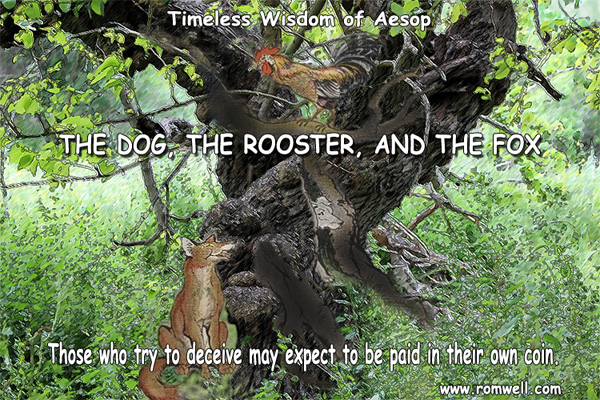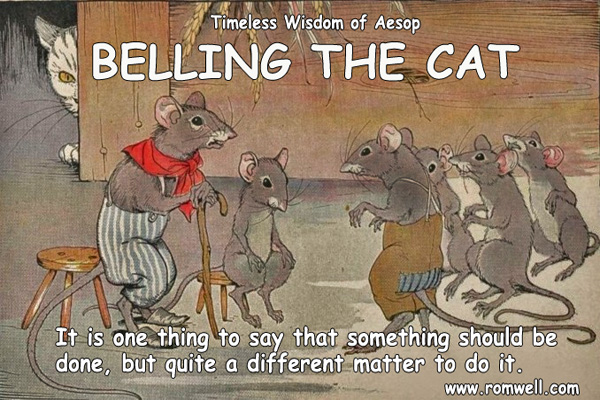Education
The Aqua Spacecraft
Aqua is a major mission of the Earth Observing System (EOS), an international program centered in NASA's Earth Science Enterprise to study the Earth in detail from the unique vantage point of space. Focused on key measurements identified by a consensus of U.S. and international scientists, EOS is further enabling studies of the complex interactions amongst the Earth's land, ocean, air, ice and biological systems.
The Aqua spacecraft is circling the Earth in an orbit that ascends across the equator each day at 1:30 p.m. local time and passes very close to the poles, complementing the 10:30 a.m. measurements being made by Terra, the first of the EOS spacecraft, launched in December 1999.
Header Image: The Aqua Spacecraft. Aqua's instruments are on the underside of the spacecraft, pointing towards Earth. (Image by Jesse Allen, Visualization Analysis Lab, NASA GSFC, from material provided by the Aqua Project.)
The instrument complement on Aqua is designed to provide information on a great many processes and components of the Earth system, including cloud formation, precipitation, water vapor, air temperature, cloud radiative properties, sea surface temperature, surface wind speeds, sea ice concentration and temperature, snow cover, soil moisture, and land and ocean vegetation. The individual swaths of measurements are compiled into global images, with global coverage of many variables being obtained as frequently as every two days or, with the help of numerical models, combined every 6 or 12 hours into comprehensive representations of the Earth's atmospheric circulation and surface properties. In combination with measurements from other polar orbiting satellites, Aqua measurements are also providing accurate monthly-mean climate assessments that can be compared with and assimilated into computer model simulations of the Earth's climate.
The Earth Observing System has three major components: the EOS spacecraft, an advanced ground-based computer network for processing, storing, and distributing the collected data (the EOS Data and Information System); and teams of scientists and application specialists who study the data and help users in universities, industry, and the public apply it to issues ranging from weather forecasting and climate prediction to agriculture and urban planning.

Education
Discover where the capital of the United States has been located...Aesop, the Father of the Fable
Although Aesop's existence remains unclear and no writings by him survive, numerous tales credited to him were gathered across the centuries and in many languages and are now collectively known as Aesop's Fables. Most fables were originally aimed at adults and many of the tales are characterized by animals and inanimate objects that speak, solve problems, and generally have human characteristics in a popular storytelling tradition that continues to this day.







